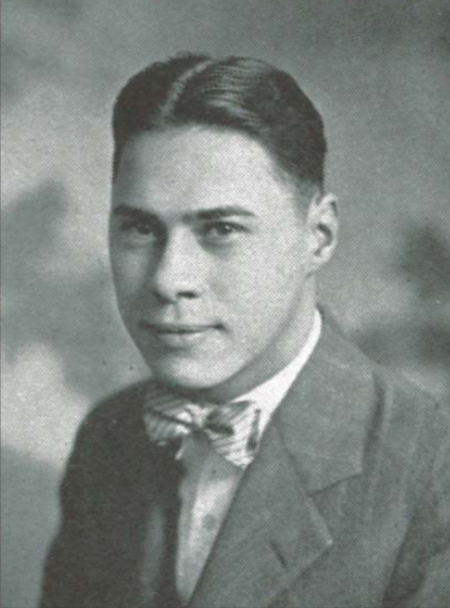
Born: 21 December 1903, Pawnee City, Nebraska; Died 20 April 1991, Boulder, Colorado
1927: BS Hastings College (physics)
1929: MA University of Nebraska (Thesis: Factors influencing the quality of sputtered metallic films)
1929-1932: Instructor, Physics Department, University of Nebraska
1935: PhD Yale University (Thesis: Nitrogen molecular spectra in the vacuum ultraviolet: The production and analysis of the spectra of BeD, BeD+, AgD and BeH. Advisor W.W. Watson)
1935-Feb 1942: Assistant Professor, Colorado State University, Ft. Collins) Participated in cosmic ray experiments with Bruno Rossi at Mt. Evans and Denver, Co. Part of a series of experiments led by Rossi involving the life time of mesons that confirmed the predictions of relativistic time dilation.
1942-1943: Research associate, Metallurgy Project, University of Chicago. Joined theteam led by Enrico Fermi as an experimental physicist. Participated in the first sustained nuclear reaction on 2 December 1942 in Stagg Field.
1943-1946: Staff member, Manhattan Project in Los Alamos. Performed the first measurements of the cross section for fission of U-235 by high energy neutrons in April
1944, which were crucial for the work at Los Alamos and, according to Rossi, remained the standard until well after WWII. Participated in the Trinity test. During this period, while he was working with Fermi, he developed and patented a neutron detector and Geiger counter.
1946-1955: Associate Professor, Department of Physics, College of Wooster.
1955-1971: Staff member, Los Alamos Scientific Laboratory in the Critical Assembly group.
1971: Retired.
